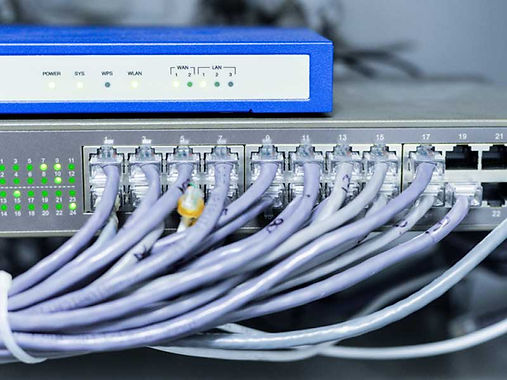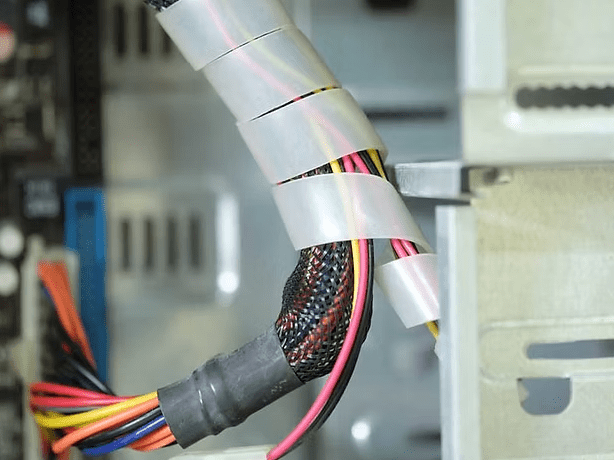Menu
Close
- Commercial Security
Partners
Video Management
Surveillance Video Management Partners
- Alarm.com
- Arcules
- Axis Camera Station
- Avigilon
- Avigilon Alta
- Bosch
- Eagle Eye Networks
- Exacqvision
- Meraki
- Milestone
Key Features
- Gunshot Detection
- Flood & Leak Detection
- Crowd Density & Movement Analytics
- and more...
Industries Served
- Healthcare
- Logistics
- Government
- Education
- Manufacturing
- Transportation
- Public Utilities
- Entertainment
- Communication Products & Services
Communication Systems
Partners
Key Features
- Vendor-Agnostic Approach
- Comprehensive Integration
- IntelePeer
Key Features
- 4G & 5G Signal Boosting
- Multi-Carrier Support
- Indoor & Outdoor Boosting
Key Features
- Carrier-Neutral Approach
- VoIP, SIP Trunking & PRI Services
- Wireless & Mobility Solutions
- Contract Negotiation & Cost Optimization
- Cloud & Hybrid Deployment Options
Industries Served
- Healthcare
- Logistics
- Government
- Education
- Manufacturing
- Transportation
- Public Utilities
- Entertainment
- IT Products & Services
Top Services
- IT Consultancy Services
- Managed IT Services
- Cybersecurity Services
- IT Helpdesk Services
- IT Infrastructure Services
- Network Installation
- Network Design
- Remote Monitoring & Management as A Service (RMMaS)
- Managed WAN & SD-WAN
- Camera, Access Control, & Alarm (Electronic Security)
- SonicWALL Support
- Outsourced IT Services
- IT Maintenace Service
- IT Hardware Maintenance
- Microsoft Tier 1 Partner
- Microsoft Teams Communication Partner
- Cisco Select Partner
- Cisco Meraki
- ConnectWise
- Kaseya/Datto
- Barracuda
- SonicWALL
- Dell
- HP
- Kemp
- SentinalOne
- Bitdefender™
Cloud Solution Providers
- Azure Solution Architech
- Microsoft 365
- Cloud Communication Solutions
- Cloud Contact Center Solutions
- Cloud Managed Network
- Cloud Security & Alarm Solutions
- Data Center/Private Cloud
Industries Served
- Healthcare
- Logistics
- Government
- Education
- Manufacturing
- Transportation
- Public Utilities
- Entertainment
- Industries
- Support
- About
- Contact
Locations

Call
Serving the Chicago metropolitan area, BTI Communications Group delivers comprehensive solutions in:

Call
Serving the Greater Los Angeles area, BTI Communications Group delivers comprehensive solutions in:

Call
Serving the Phoenix & Tucson metropolitan areas, BTI Communications Group delivers comprehensive solutions in:
Let’s talk about how BTI Communications Group can help your business stay secure, connected, and supported.









